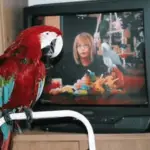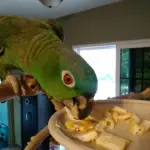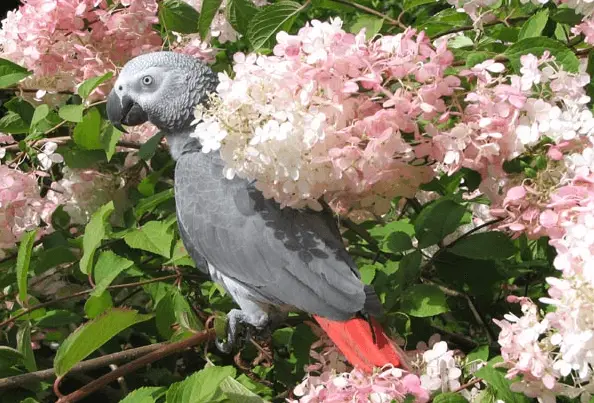
Getting fresh air is good …
Gilbert the gray is very happy to be able to put his beak outside. The sun is good and a gentle breeze gently tickles his feathers.
His finch friends greet him with their most beautiful melodies. Occasionally, they come to perch on top of its large cage. Are they hoping to find something more appealing there than the seeds in their feeders or are they just intrigued by the rambling of this curious green bird?
No one could tell. However, their presence near the parrot’s cage is not reassuring. Not all wildlife birds are healthy and some of their diseases are potentially transmissible to our domestic parrots.
10 Common Household Dangers Deadly to Parrots
SOURCE:ElleAndTheBirds
What threatens our parrots outside
Parasites
Several wild birds are infested with parasites. The most frequently encountered are small body lice. They feed ( on blood ) by biting the bird, and their presence is very disturbing. Infested birds suffer from itching and sometimes even anemia.
These cheeky little critters sometimes dare to wander, that is, they leave their host. It is therefore not surprising to find that the immediate environment of the unfortunate parasitized bird is contaminated ( nest, tree branches, garden table, balconies, etc.).
Any place visited by wild birds is potentially infested. It can therefore happen that parasites climb on the cage of a bird placed on the garden table. After some time, they reach your bird and multiply. When there are enough of them, signs of discomfort appear.
A parasitized bird scratches a lot, its plumage is dull, and it looks nervous. It happens that the moults are abnormally prolonged or that the bird tears the feathers itself (pecking). Parasites are sometimes difficult to observe. In case of doubt, an antiparasitic treatment is recommended.
Salmonella
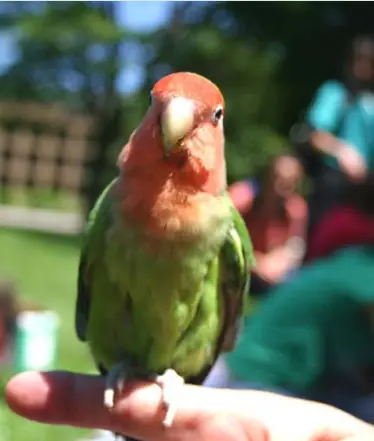
Parrot outside
This year, several bird watchers have found an abnormal amount of dead or dying birds around their feeders. Bacteriological analyses carried out in the laboratories of the Quebec Ministry of Agriculture, Fisheries and Food ( MAPAQ) helped determine the cause of death of these small passerines: infection with salmonella bacteria.
Most of the mortalities were recorded in birds from the Laurentians and Lanaudière regions. Flamed size rings are particularly affected. Salmonella is a bacteria that is contagious to humans as well as to other animals. Cats having caught sick birds had to be hospitalized, suffering from more or less severe gastric disorders. Places soiled with the stools of contagious birds quickly become contaminated. It is therefore not very reassuring to see wildlife birds come and visit the top of your bird’s cage and defecate there. By being well informed of the situation,
Parrot outside
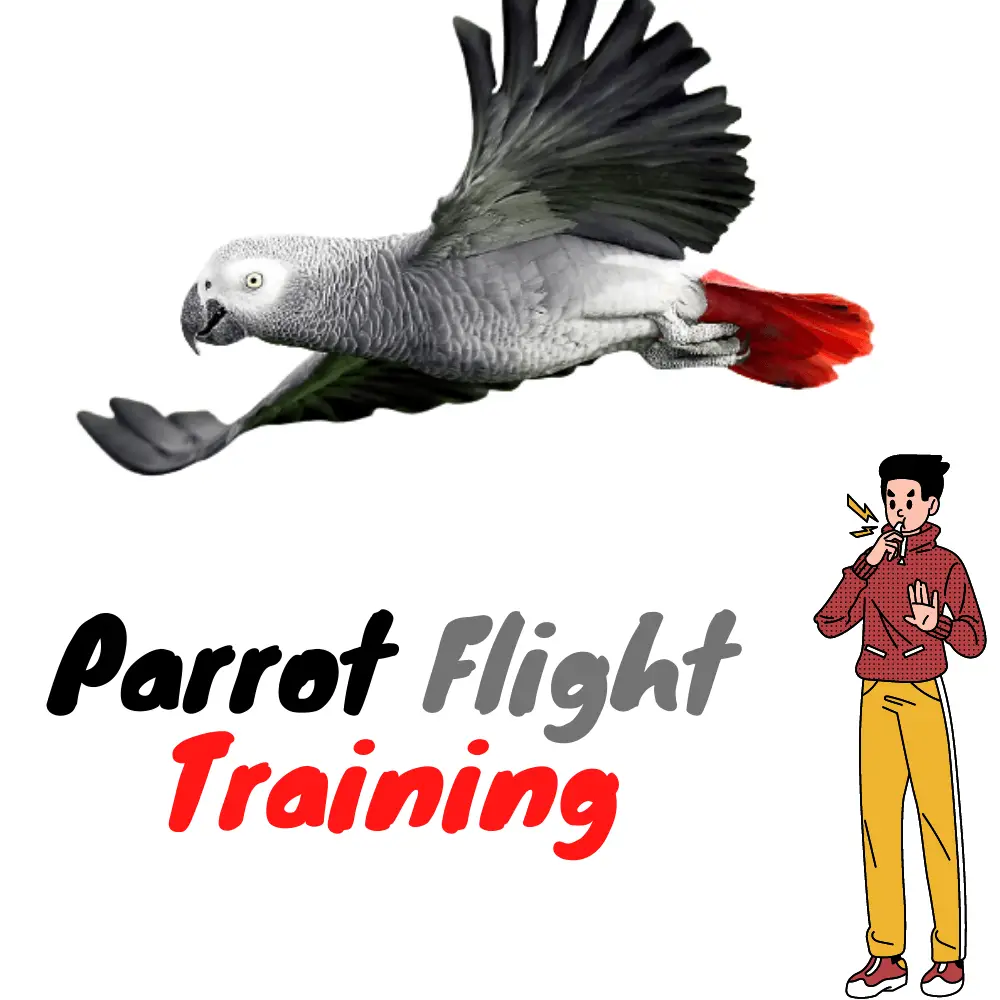
- Sanitize feeders once a week with a bleach solution (one-part bleach to nine parts water). Do not use the kitchen sink or the bathroom sink for this task; you could contaminate them. Instead, use the outside faucet. Wearing plastic gloves is recommended. Do not allow young children to play near feeding stations for wild birds. Formally prohibit your dog or cat from entering around feeders where droppings accumulate.
Parrot outside
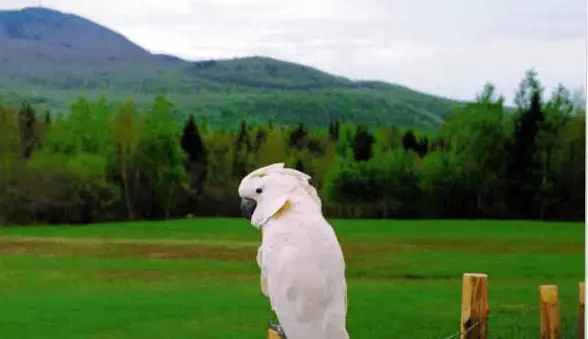
- Inspect bird activity around feeders daily. If dead birds are found or if some seem sick, stop feeding them temporarily. This will prevent the problem from spreading.
- Wear gloves when handling dead birds. A plastic bag can also do the trick.
- Always clean your hands with soap and hot water after touching a wildlife bird or any object related to it near or far.
Salmonellosis, in the winged fauna of Quebec, is not a new phenomenon. It just seems that we are witnessing an epidemic this year.
Mycoplasma
This microorganism has been identified ( especially in finches ) for several years. Sick birds suffer from infection of the upper respiratory system. Significant discharge from the eyes and nose stains the feathers around the nostrils and eyes. The buildup of these secretions ends up sticking the eyelids together and the birds can no longer see. They are then very vulnerable to attack by predators ( mainly cats). If they don’t end up in a fat twink’s bite, they starve to death because it is impossible for them to find their food. Once again, this bacteria could infect the caged bird if small infected visitors came to land nearby. In the pet bird, mycoplasma is usually treated well, but can sometimes be difficult to eliminate.
West Nile virus

As if we needed another virus!
It was in August 1999 that the West Nile virus first caused problems on the North American continent. New York City crows were the first to be affected by neurological signs: loss of balance, tremors, convulsions, and death. Subsequently, people in the states of New York, Connecticut, and New Jersey reported seeing the same symptoms in other wildlife birds. In September 1999, resident birds at the Bronx Zoo in New York City suffered the same fate. The deaths of these birds were all attributable to the West Nile virus.
This virus, well known in Africa and its surroundings, had never before been identified in America. It is transmitted by mosquito bites ( much like heartworms in dogs ) and wild birds act as a reservoir for the virus. The arrival of this virus on the American continent puts public health on the alert because, in addition to birds, it can infect several species of animals ( the horse seems particularly sensitive ) and humans. In November 1999, sixty people living in New York City were infected with the virus and seven of them died.
The infection in humans is generally mild: fever, headache, sore throat, fatigue, nausea, and parrot diarrhea. Older people are more likely to develop fatal complications. Fortunately, the virus has not yet entered Canada, but experts say it will only be a matter of time. Environment Canada has established a surveillance system at the Canada-US border. Chickens serve as sentries and are tested at regular intervals. In addition, the public’s cooperation is requested: if you find a dead crow or more than three dead birds of other species, notify the ministry at 1-800-561-1616. Do not touch these birds with your bare hands,
Parrot outside
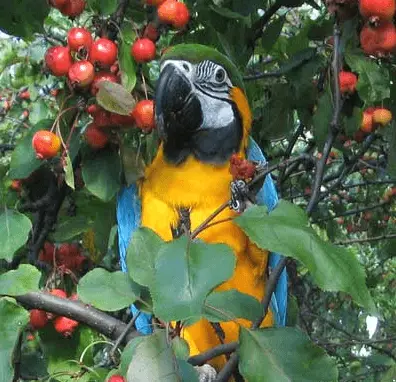
Tests will be done to determine the exact cause of death. If the West Nile virus were to make its entry into Quebec, the best weapon would remain prevention against mosquito bites.
Do not expose your birds to mosquitoes; they should be kept indoors until the danger is over, according to the ministry’s official advice.
Protect yourself from mosquito bites by applying an effective repellent. In areas particularly populated by these insects ( woodlands, lakeside, etc. ), wear light-colored clothing, covering the arms and legs well.
Parrot outside
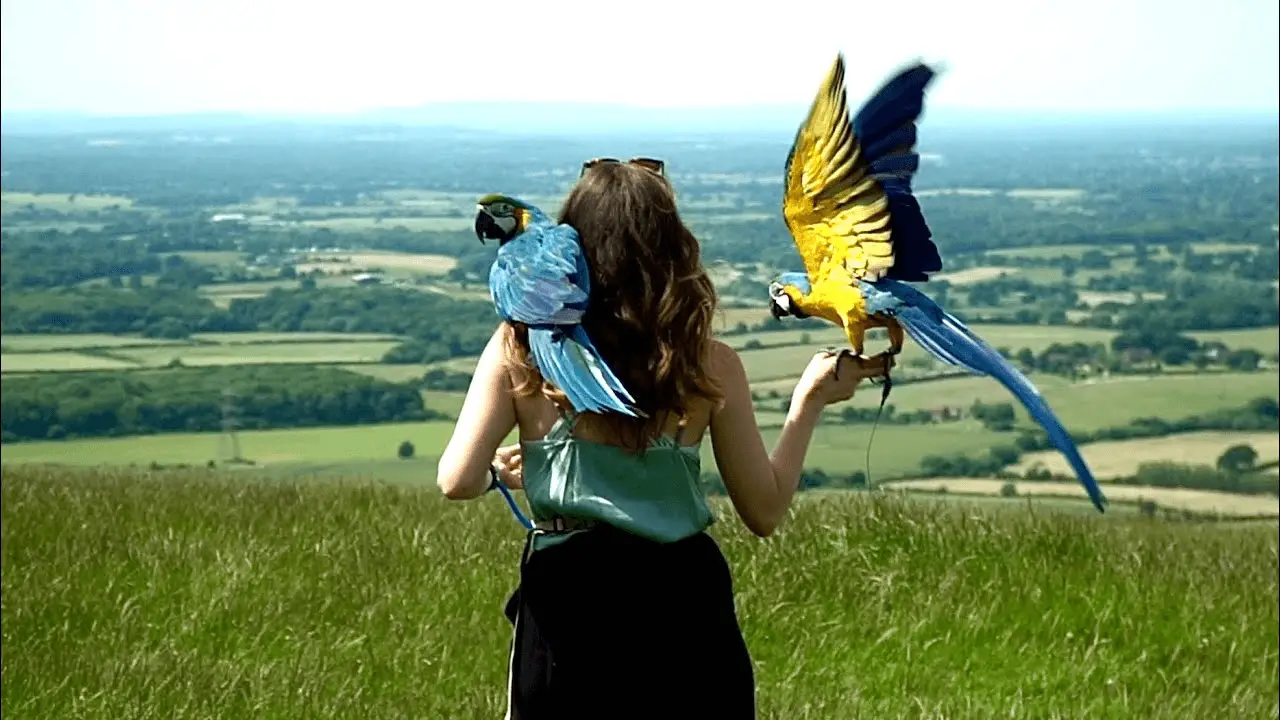
The introduction of this virus on our continent is sobering. With modern means of transport, travel is becoming easier and faster. Without the cooperation and honesty of travelers, who knows what microbe could land here, well hidden in cheese, a plant, or an illegal animal?
Let us be vigilant!
How to Take Your Parrot Outside | Parrot Training
SOURCE:Howcast

